Connect With Us
Bunion Surgery
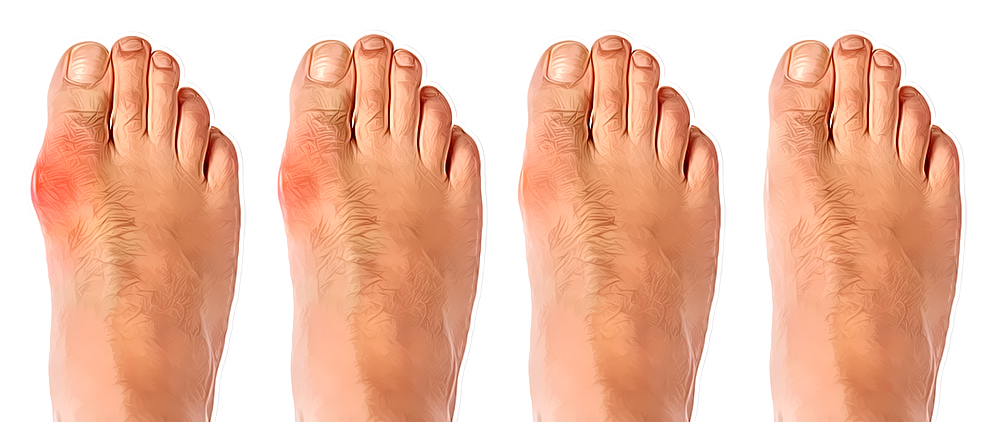
Bunions are progressive bone deformities of the foot that often cause recurring or chronic inflammation, irritation, and pain that require surgical correction. Surgical removal of a bunion is called a bunionectomy. However, there are multiple types of bunionectomies, (3d bunion surgery, lapiplasty, bunionectomy, and more) each designed to resolve different structural changes caused by the deformity.
Bunion surgeries fall into two major categories:
- Head procedures that treat the big toe joint. In a head procedure bunionectomy, the bone is cut just behind the joint, moved into its proper position, and fixed in place with a screw or pin. Head procedures are often used for patients who cannot be immobilized for long periods of time.
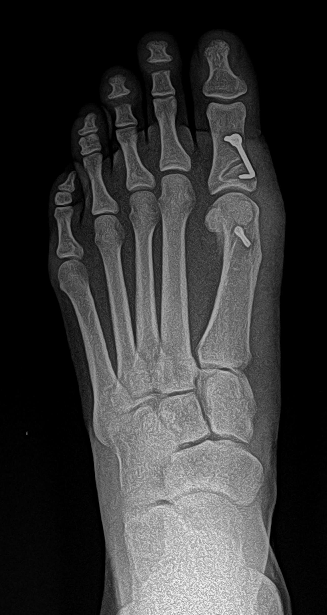
- Base procedures concentrate on the bone near or behind the big toe joint. Different types of base procedures are conducted depending on the nature of the deformity. These range from cutting a wedge out of the bone and splitting it so that it can be moved into its proper position; making a semi-circular cut and rotating the bone into its correct position; or fusing the joint. Ligaments inside and outside the toe may also be treated during a base procedure.
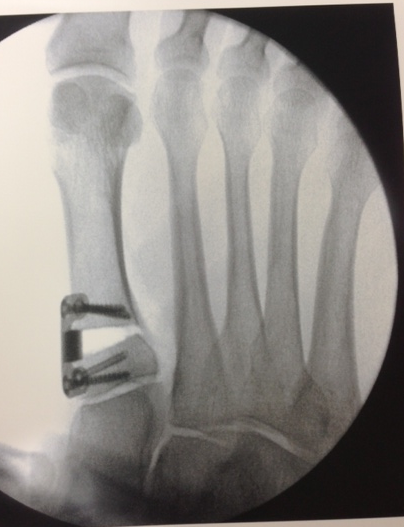
There are three important factors that impact the success of bunion surgery:
- Choose a surgeon with extensive experience with bunionectomies. Because a deep understanding of the biomechanics of each patient's foot as well as the intricacies of each surgical option is needed, surgeons with more experience at doing bunionectomies are better able to help each patient achieve the best outcome.
- Be realistic in your expectation about what a bunionectomy can accomplish. No physician can guarantee that a bunion won't recur or that a patient will be absolutely pain free. Additionally, because of the complexity of the foot structures impacted by a bunion, patients may never be able to wear normal or slender shoes. Bunion surgery can reduce or eliminate the bone deformity, improve foot alignment and function, and prevent damage to other toes, but it does have its limitations. Be sure you understand all the possibilities before opting for this surgery.
- Bunion surgery is not a magic bullet. Surgery alone may not be all that is needed to achieve your best outcome. After surgery, many patients experience long healing and recovery times and often have to spend time in physical therapy. Additionally, you may need a corrective orthotic device on an ongoing basis.
What To Expect When You're Expecting...Bunion Surgery!!
Most bunion surgeries today are performed on an outpatient basis at a surgical center or hospital. Set aside the entire day for the surgery, although you may only be at the facility for a half day.
Hospital Affiliations
- Texas Health Harris Methodist Hospital Southlake
- Baylor Medical Center of Grapevine
- Wise Regional at Parkway in Alliance
- Texas Health Alliance
Prior to the surgery, patients will need to make some preparatory arrangements. These include:
- Seeing your Primary Care Physician (PCP) to make sure any other health conditions are stabilized prior to surgery and to document your complete medical history, which can then be given to the surgeon.
- Arranging your schedule to make sure you don't need to take any long trips for at least two to three weeks following the surgery.
- Lining up another person to drive you home and stay with you for the first 24-48 hours after the surgery.
- Stopping the use of any anti-inflammatory medications, such as aspirin, ibuprofen, or acetaminophen, for five to seven days before the surgery.
- Further clearance may be needed by a specialist (i.e Cardiac Clearance) as well. Your surgeon will let you know what is needed at the time of your surgical consultation.
The night before the surgery, you will not be able to eat or drink anything after midnight. You should also wash your foot the night before and morning of the procedure to help reduce surrounding bacteria and prevent infection.
Day of Surgery: Day 1
The surgery is performed on this day. The hospital will let you know what time they would like you to be there and how long it will take. Prior arrangements for transportation home after the surgery must be made.
The patient leaves the facility walking with special surgical walking boot or splint (to be used at all times). It will be provided for the patient at the pre operative visit in the doctor’s office prior to surgery. A presciption for crutches or a walker will be given if needed. There is no cast on the foot, only a soft gauze dressing. The dressing must stay dry and should not be changed until the first post-op office visit.
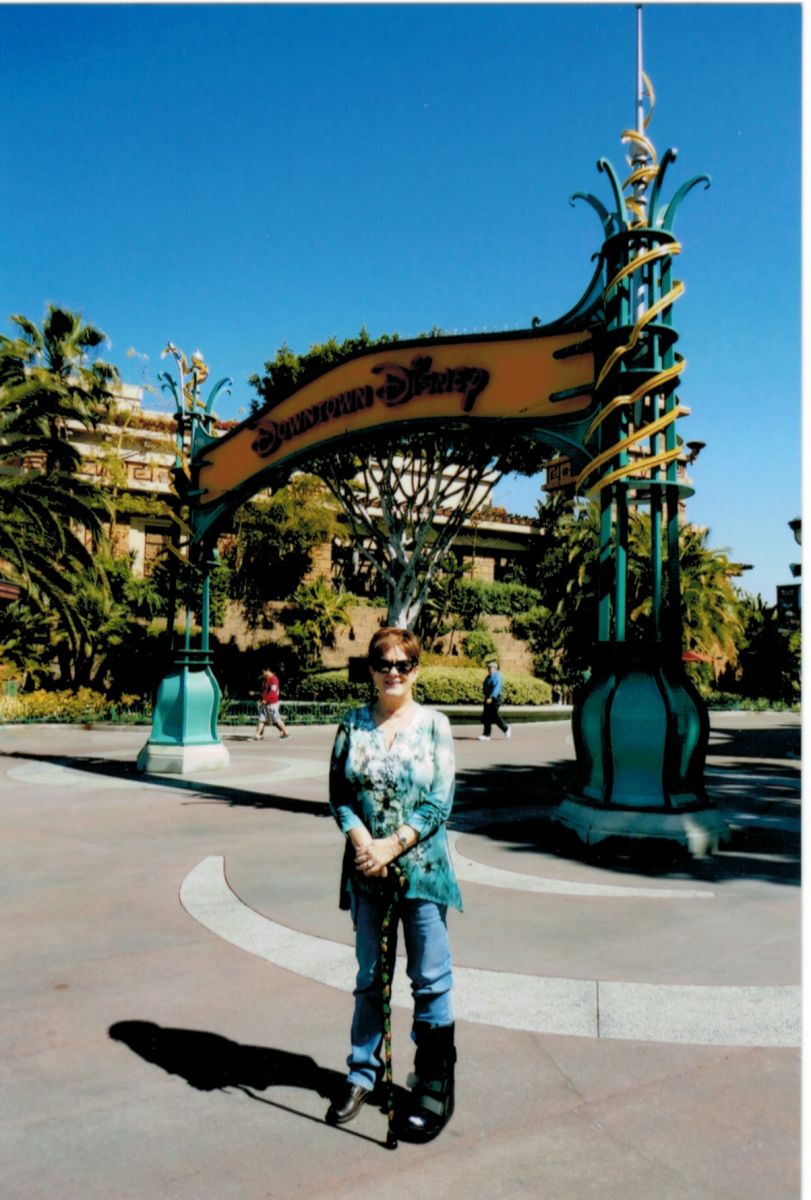
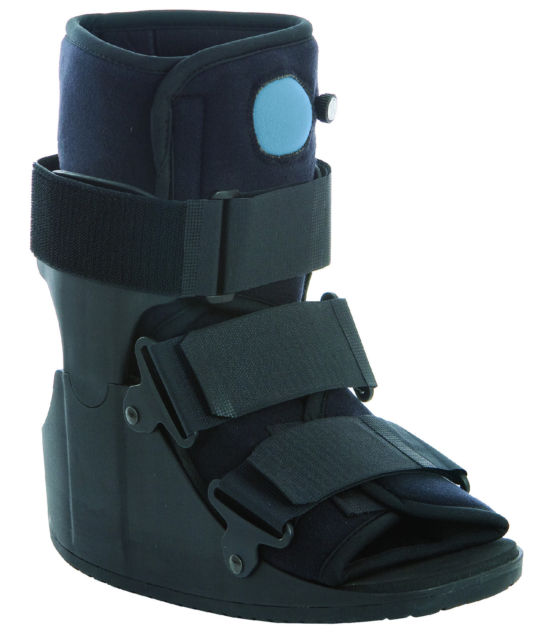
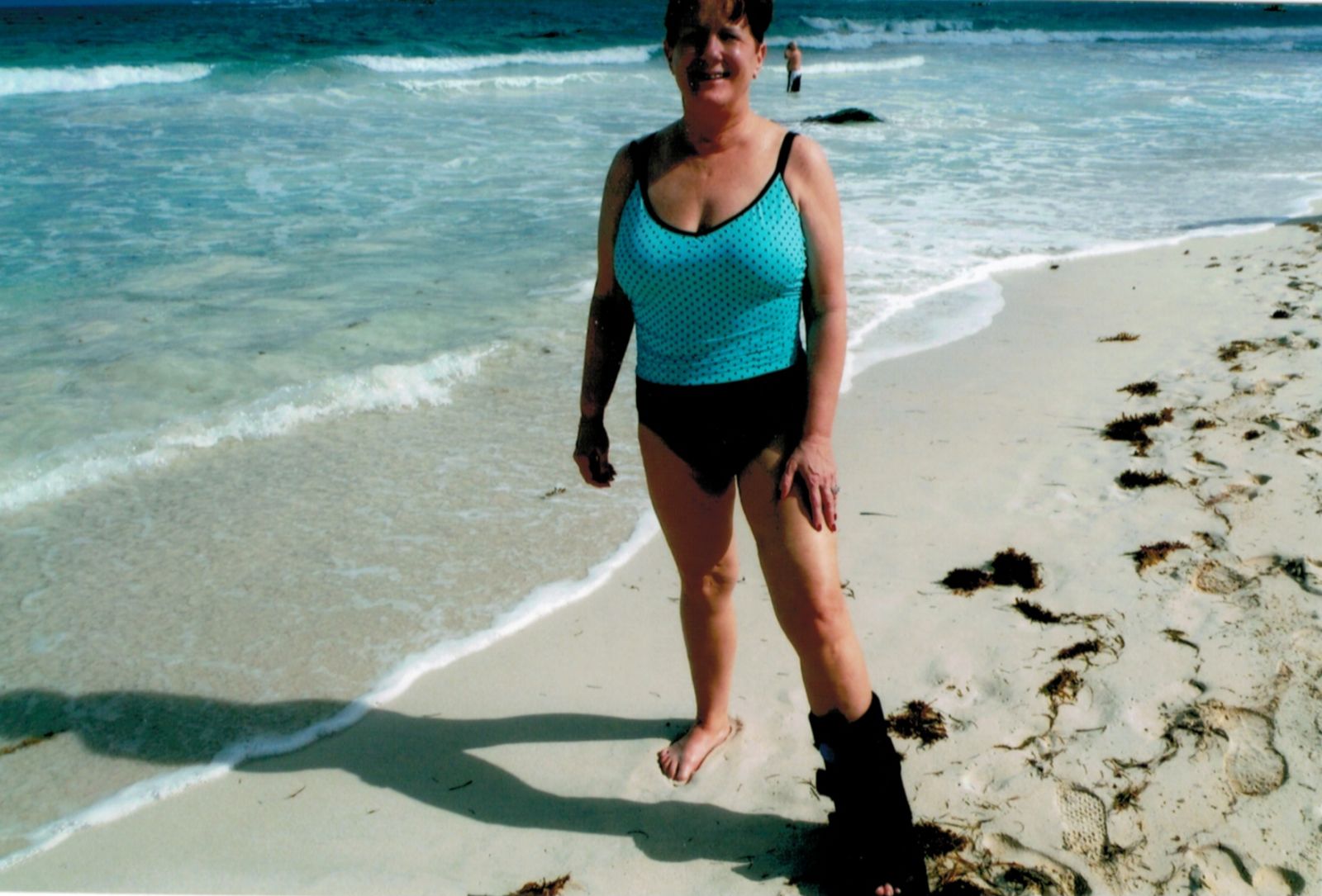
The application of a ice machine or ice packs to the foot is important. If using ice machine the hospital will fill the machine the first time and you will add ice as needed. The pad will remain on your foot and you will turn on for 1 hour and off for 1 hour except for night time where you will fill the cooler halfway full, turn on low setting, and leave on for the night.
If using a Cold Therapy Unit or ice packs be careful to make sure the foot does not get wet. Apply a towel around the ice pack to absorb any condensation from the ice. New ice packs should be applied about four times each day, for the first 3 or 4 days. Or just use the cold therapy unit as directed.
The patient may ambulate for short distances within the home or to a car during this period, using the surgical walking boot.
It is equally important during this time to keep the foot elevated to the level of the waist.
Those patients that elevate their foot and apply the ice packs report minimal post-operative pain, experience the least amount of swelling and require the least amount of pain medication. Ice and elevation is VERY important. The reduction of foot swelling during this period will have a significant effect on the entire recovery process. The #1 complaint after foot surgery is swelling.
First Post-Operative Visit: Day 3 - 7
The patient comes to the office. The sutures (stitches) are NOT removed at this visit. Only the bandages are changed and an unna boot is applied (soft cast) for edema control and pain..
It is normal to see mild bruising and some dry blood on the foot.
The patient continues to wear the same walking boot, with limited ambulation. Some patients are recommended to be non-weight bearing the doctor will let you know.
It is extremely important to limit ambulation (standing, walking) during the first two weeks, as it will cause increased foot swelling and a delay in healing.
Second Post-Operative Visit: Day 14
The patient comes to the office, where the dressings are removed and based on the rate of healing the sutures maybe removed. Removal of the sutures is only minimally uncomfortable.
Post-operative x-rays may be taken.
An Unna boot (soft cast) will be applied. The patient may remove that dressing in 24-48 hours. They may then begin getting the foot wet as usual. Do NOT soak the foot in any hot tubs, bathtubs, swimming pools, lakes, rivers, etc.
The doctor may also recommend a special compression sock (to help with swelling), and/or a toe alignment splint.
If sutures are removed a prescription scar cream or scar cream recommendation will be given (to improve the scar appearance and reduce painful or raised scars).
You will continue the use of the cold therapy unit or icing (to help with swelling and any discomfort).
A TENS unit (for inflammation and pain)may be dispensed or used by Physical Therapy.
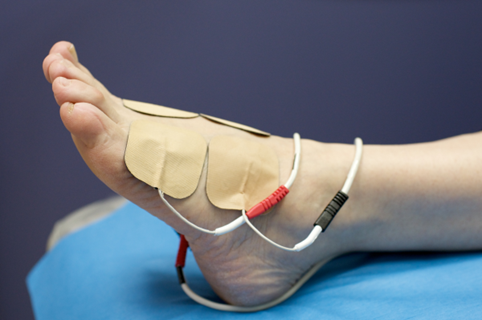
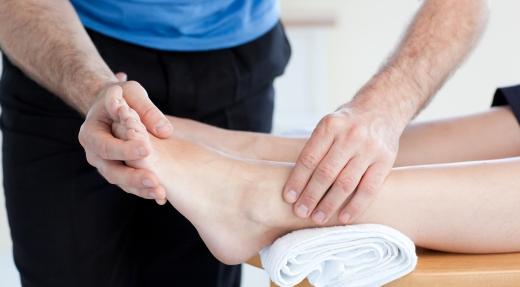
Range of motion exercise as well as physical therapy is typically begun at this visit; (it is very important to regain joint motion/mobility and break up scar tissue).
Continue to limit your activities.
Third Post-Operative Visit: Week Four
Post-operative x-rays are taken.
You will be seen in the office to evaluate your healing and ambulation.
Depending on the type of procedure and current healing the doctor may allow you to transition into sneaker or hard/thick soled shoe (no barefoot or flip flops).
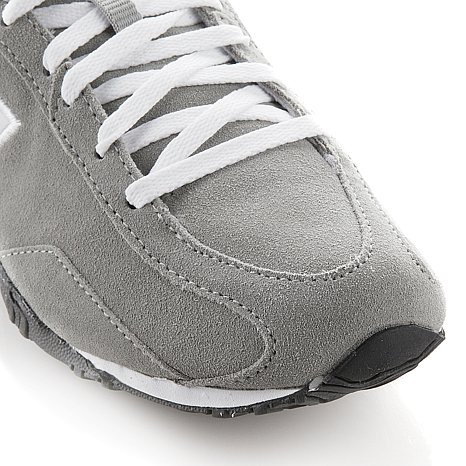
The comfort levels will vary. Do not push yourself. A larger than normal shoe may be needed due to moderate foot swelling which is normal at this time.
Fourth Post-Operative Visit: Week Eight
Post-operative x-rays are taken.
You may be able to return to regular shoes.
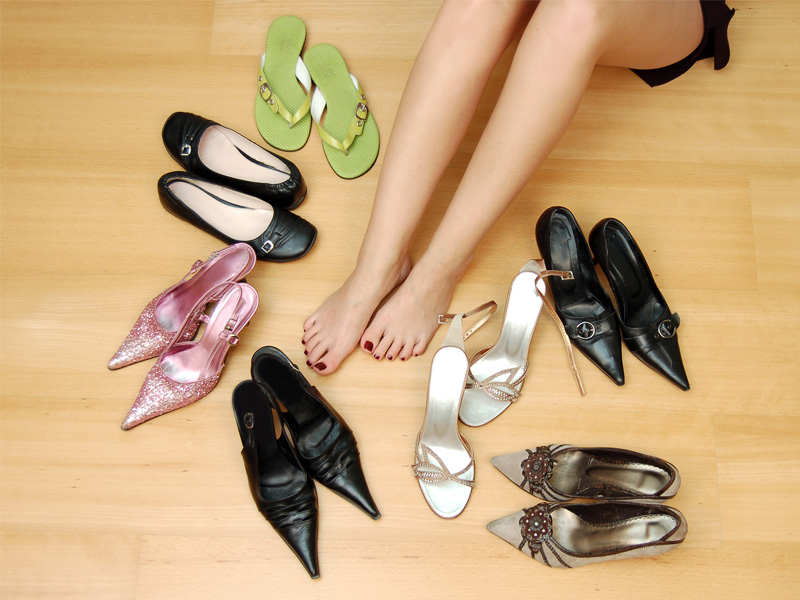
Custom molded orthotics maybe recommended at this time.
Most low-impact exercises are performed to about 80% of their usual level.
Fifth Post-Operative Visit: Week Twelve
Postoperative x-rays are taken.
You may return to your normal activity level.
One year Post-Operative Visit
Postoperative x-rays are taken.
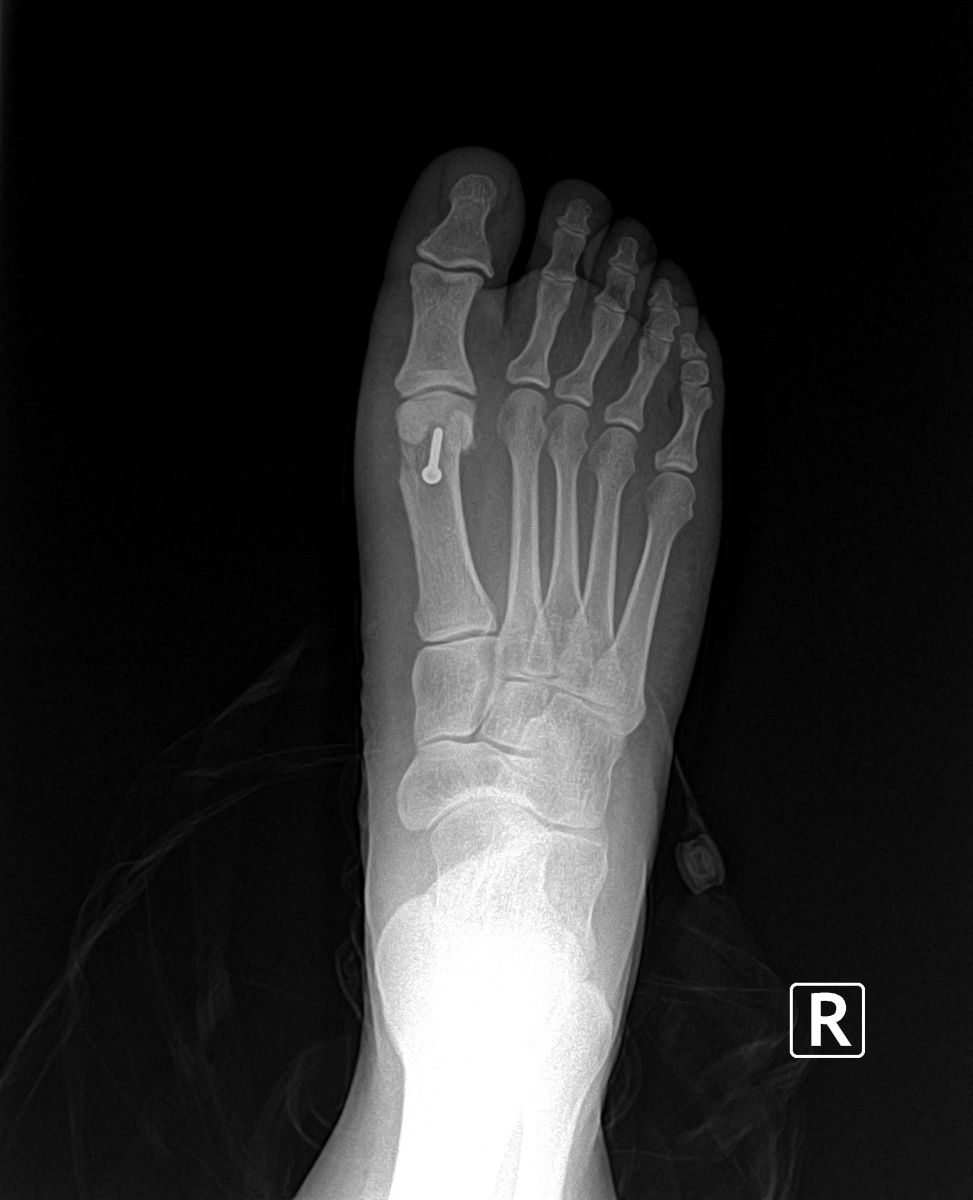
NOTE: THE ABOVE GUIDELINES MAY VARY FROM PATIENT TO PATIENT. INDIVIDUAL PATIENTS WILL VARY IN THEIR EXPERIENCES. WAIT FOR THE DOCTOR TO APPROVE EACH OF THE CHANGES ON THIS LIST.
